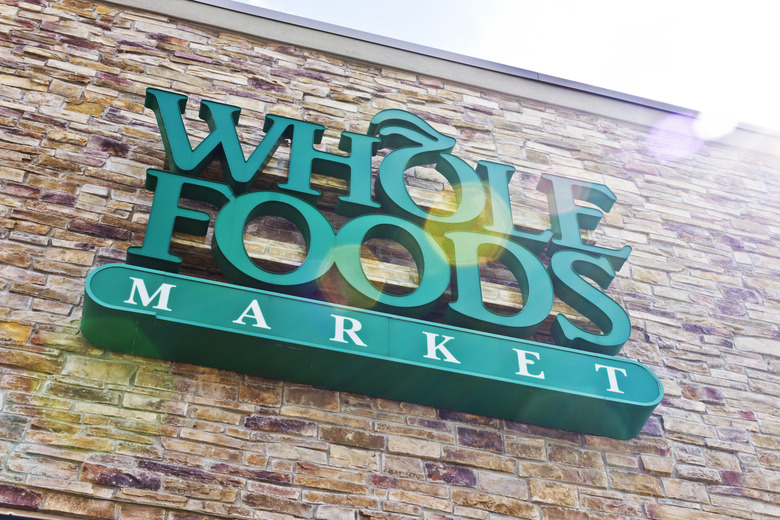Whole Foods Employees Say 'Scorecards' Create A Stressful And Confusing Work Environment
Whole Foods' new inventory system, introduced last year in an effort to make stores more efficient and reduce food waste, appears to be a total nightmare for its employees. Order-to-shelf, or OTS as it is commonly referred to by employees, is a strict set of procedures that need to be followed when it comes to purchasing, displaying, and storing products. It is enforced via a checklist called a "scorecard."
With OTS, Whole Foods managers are required to walk through the aisles and storage rooms ticking off a lengthy checklist to ensure all items are in their correct spot. When items are out of place or missing, departments are docked points via the scorecard.
"Every item in our department has a designated spot that is labeled or marked," a Colorado Whole Foods employee told Business Insider. "If that item is even an inch outside of its designated spot ... we receive negative marks."
According Business Insider, the manager walks also include on-the-spot quizzes for employees to recite department sales goals, top selling items, previous week's sales, and other relevant information. Anything below an 89.9 percent is considered a failing score and can result in firing.
However, the scorecard system is causing employees stress to the point where people are quitting their jobs anyway. "The OTS program is leading to sackings up and down the chain in our region," a Georgia Whole Foods employee told Business Insider.
"We've lost team leaders, store team leaders, executive coordinators and even a regional vice president. Many of them have left because they consider OTS to be absurd. As an example, store team leaders are required to complete a 108-point checklist for OTS."
A North Carolina Whole Foods employee told the publication that supermarket employees are not even totally sure how the system is supposed to work. "No one really knows this business model, and those who are doing the scorecards — even regional leadership — are not clear on practices and consequently are constantly providing the department leaders with inaccurate directions," they said. "All this comes at a time when labor has been reduced to an unachievable level given the requirements of the OTS model."
Unfortunately, Whole Foods higher-ups seem out of touch with the strife caused by their new system and even worse, the unattainable goals set by OTS. Last year, Whole Foods, executive vice president of operations, David Lannon, told investors, "The team members are really excited about" order-to-shelf. They're really proud when they're able to achieve that, which is lower out-of-stocks, less inventory in the store, being able to be on the sales floor talking to customers and selling more products."
As for higher-ups, don't expect Jeff Bezos to step in any time soon. In fact, Whole Food's semi-recent acquisition by Amazon may even be to blame. According to Gizmodo, Amazon's delivery drivers have experienced similar stressful working conditions. After sifting through undercover reports the publication found that, "Drivers are said to constantly exceed the speed limit to meet quotas and finish their routes on time. Many reportedly used the bathroom in the van."
The Daily Meal has reached out to Whole Foods for a more recent comment on the matter.
Hopefully issues with OTS will eventually be resolved. The employees of America's best grocery store for 2017 deserve a functional system.
